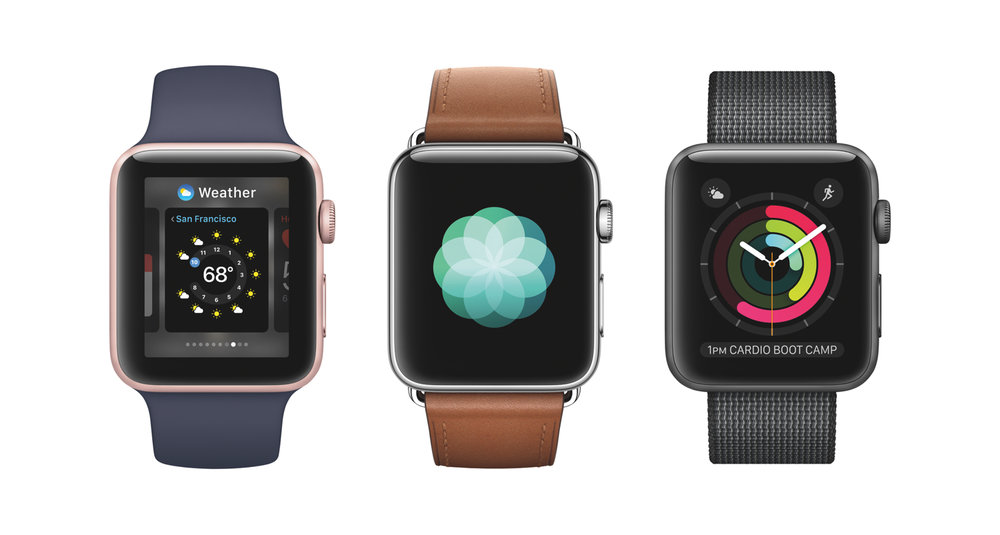The latest release of wearable device data from Kantar Worldpanel ComTech shows that, as of July 2016, 15.2% of U.S. consumers own either a smartwatch or fitness band, with the EU4 (Great Britain, Germany, France, and Italy) following behind at 8.1% penetration.
Within the smartwatch category only, excluding fitness bands, adoption remains low with 4.7% ownership in the US and 3.2% in EU4. Apple still leads in smartwatch sales.

“In the three months ending July 2016, 47% of wearable sales in the US occurred in the smartwatch category, versus the more basic fitness bands,” says Lauren Guenveur, Consumer Insight director for Kantar Worldpanel ComTech. “Apple continues to dominate this segment with a 33.5% share, although that lead shrank slightly in the last three months as the market awaited the Apple Watch Series 2 announcement. The EU4 countries show a similar trend, with 38.6% of all sales coming in the smartwatch category, with Apple leading at 31.8%.”
Looking ahead, 9.3% of the US-based non-owners we surveyed said they intend to purchase a wearable in the next 12 months, which came in slightly below the 11.3% figure from Great Britain,” Guenveur continues. Apple’s unveiling of the Apple Watch Series 2 showed Apple addressing the key considerations cited by those planning to buy, including GPS, one of the most-desired functionalities, and waterproofing, the most-desired feature.
Outside of specific functionality and design features, cost of device is the overall concern among potential buyers. While the Apple Watch is on the high-end of wearable devices, the move to upgrade the processor in the Series 1 and drop the price point to $269 may help overcome this apprehension, Guenveur adds. Apple remained true to the first generation design and form factor, with only variant additions this September, including the Nike+ edition and the ceramic material option.
This differs from other trends in the smartwatch market and, specifically, recent launches at the IFA trade show in Berlin, notes Kantar. There, releases like the Samsung Gear S3 and the Asus ZenWatch 3 highlighted the push towards positioning smartwatches further within the traditional watch category.

“Although a minority of smartwatches are currently displacing traditional wrist timepieces, the move towards more traditional watch designs puts brands such as Fossil, Mondaine and Tag under pressure to evolve their products to include features like activity and sleep tracking, and notifications. In the three months ending July 2016, 20% of recent smartwatch buyers in the U.S. made a purchase to replace a classic timepiece, rising to 30% in EU4,” Guenveur says
More traditional timepiece designs will help differentiate the smartwatch category from fitness-oriented counterparts, while also shifting the conversation away from the question, she adds. “What can this device do that my phone can’t?” That has been one of the larger barriers to purchase for non-owners, along with “functions are not useful” and “too expensive.”
“But with this reorientation comes another set of competitors, and the number of analog watches with smart capabilities released by luxury watchmakers have only increased,” Guenveur says. “As has been the case since the emergence of the category, the balancing act between style and function remains the central challenge.”

